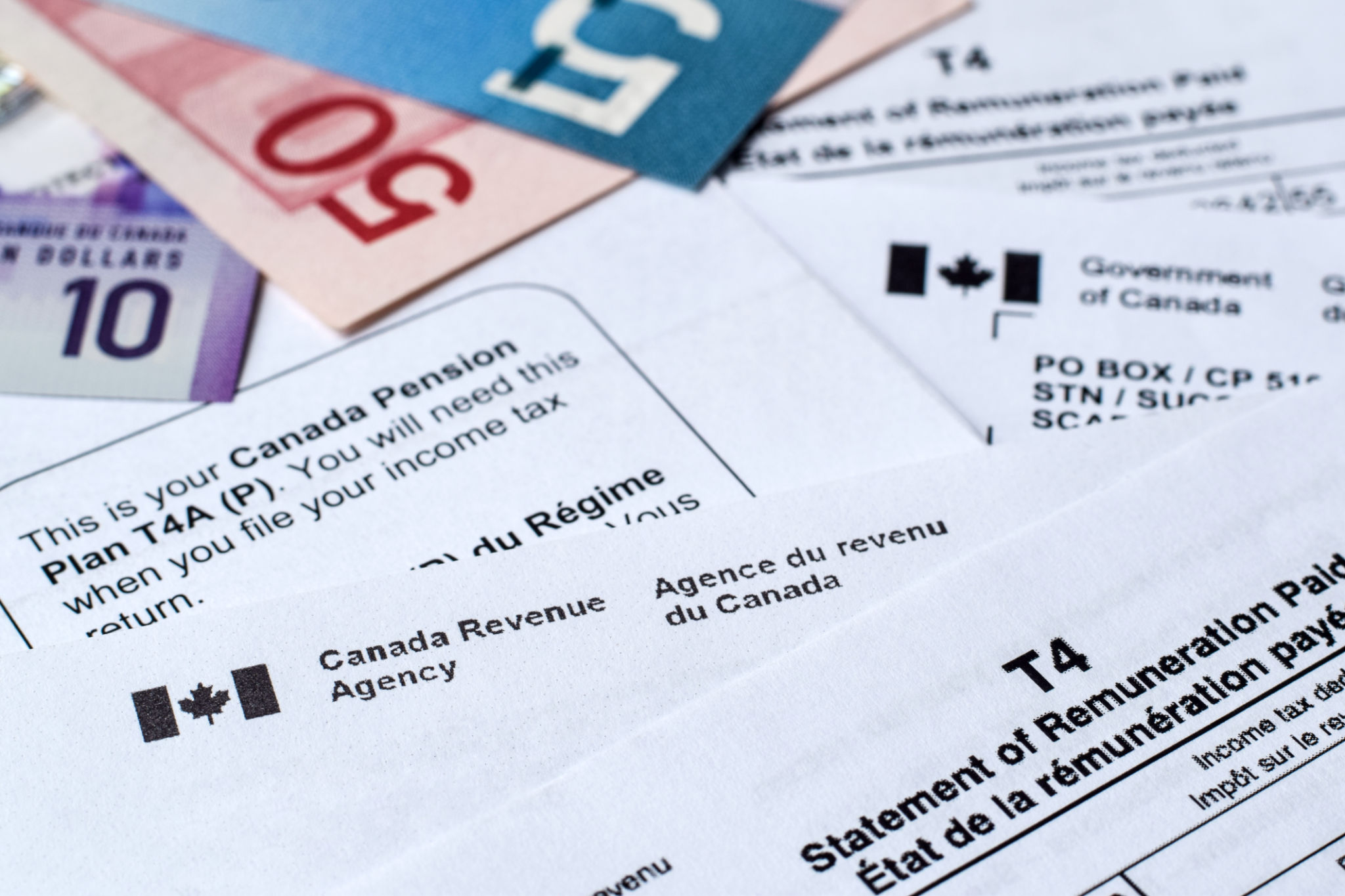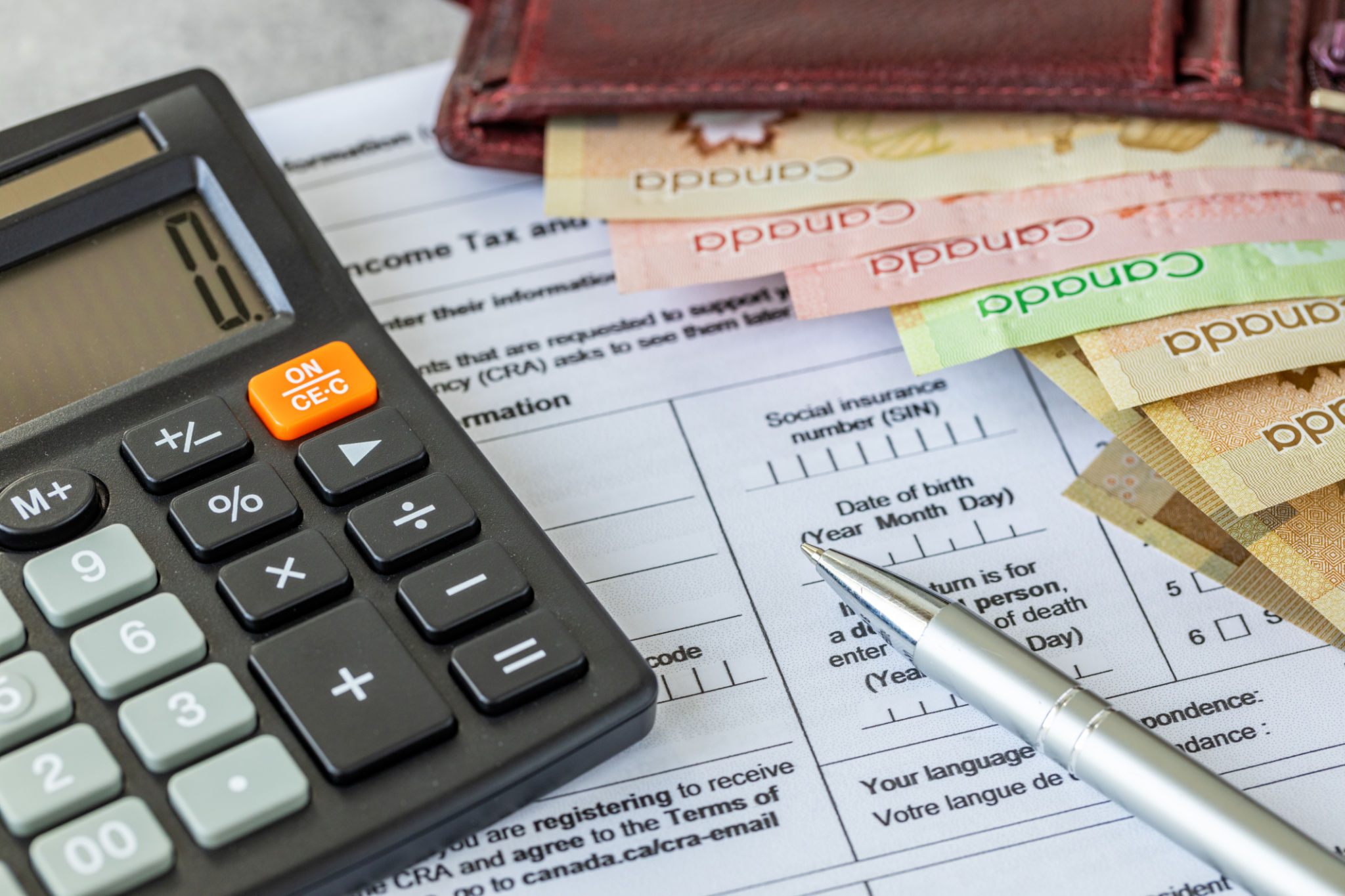Common Tax Preparation Mistakes and How to Avoid Them
Introduction to Common Tax Preparation Mistakes
As tax season approaches, many individuals and businesses rush to get their financial documents in order. However, this haste can lead to common tax preparation mistakes that could cost you money or even result in penalties. Understanding these pitfalls and knowing how to avoid them is crucial for a smooth tax filing experience. In this article, we'll explore some typical errors and provide tips on how to steer clear of them.

Incorrect or Missing Information
One of the most prevalent mistakes in tax preparation is providing incorrect or missing information. This can include errors in your Social Security number, incorrect income figures, or failing to report all sources of income. Such mistakes can lead to processing delays or even an audit.
How to Avoid This Mistake
To prevent these issues, double-check all the information you input into your tax forms. Ensure all numbers are accurate and that you have included every piece of required documentation. Utilize tax preparation software that automatically checks for errors or consider hiring a professional to review your return.
Overlooking Deductions and Credits
Tax deductions and credits can significantly reduce your taxable income, but they are often overlooked. Common missed deductions include student loan interest, charitable contributions, and medical expenses. Missing out on these can mean paying more taxes than necessary.

Maximizing Your Deductions
To maximize your deductions, keep organized records throughout the year. This includes receipts for deductible purchases and documentation for eligible credits. Familiarize yourself with the deductions and credits applicable to your situation, and consult with a tax advisor if needed.
Filing Status Errors
Choosing the wrong filing status is another frequent error. Your filing status affects your tax rate and eligibility for certain credits. Whether you're single, married filing jointly, or head of household, selecting the correct status is crucial.
Selecting the Right Status
Review the IRS guidelines on filing statuses before completing your return. If your marital situation changed during the year or you supported a dependent, these factors might influence your status choice. When in doubt, seek advice from a tax professional to ensure accuracy.

Failing to E-File and Use Direct Deposit
In today's digital age, not utilizing electronic filing and direct deposit options can lead to slower processing times and potential errors. E-filing is not only faster but also safer and more accurate than manual filing.
The Benefits of E-Filing
Take advantage of e-filing options provided by the IRS or reputable tax software. This method includes built-in error checks and immediate confirmation of receipt. Pair e-filing with direct deposit to receive any refunds more quickly and securely.
Conclusion: Ensure Accurate Tax Filing
Avoiding common tax preparation mistakes involves careful attention to detail and utilizing resources effectively. Whether it's double-checking your information, maximizing deductions, choosing the correct filing status, or embracing technology, these steps can help you file accurately and efficiently. By being proactive, you can minimize stress and ensure compliance with tax laws.
